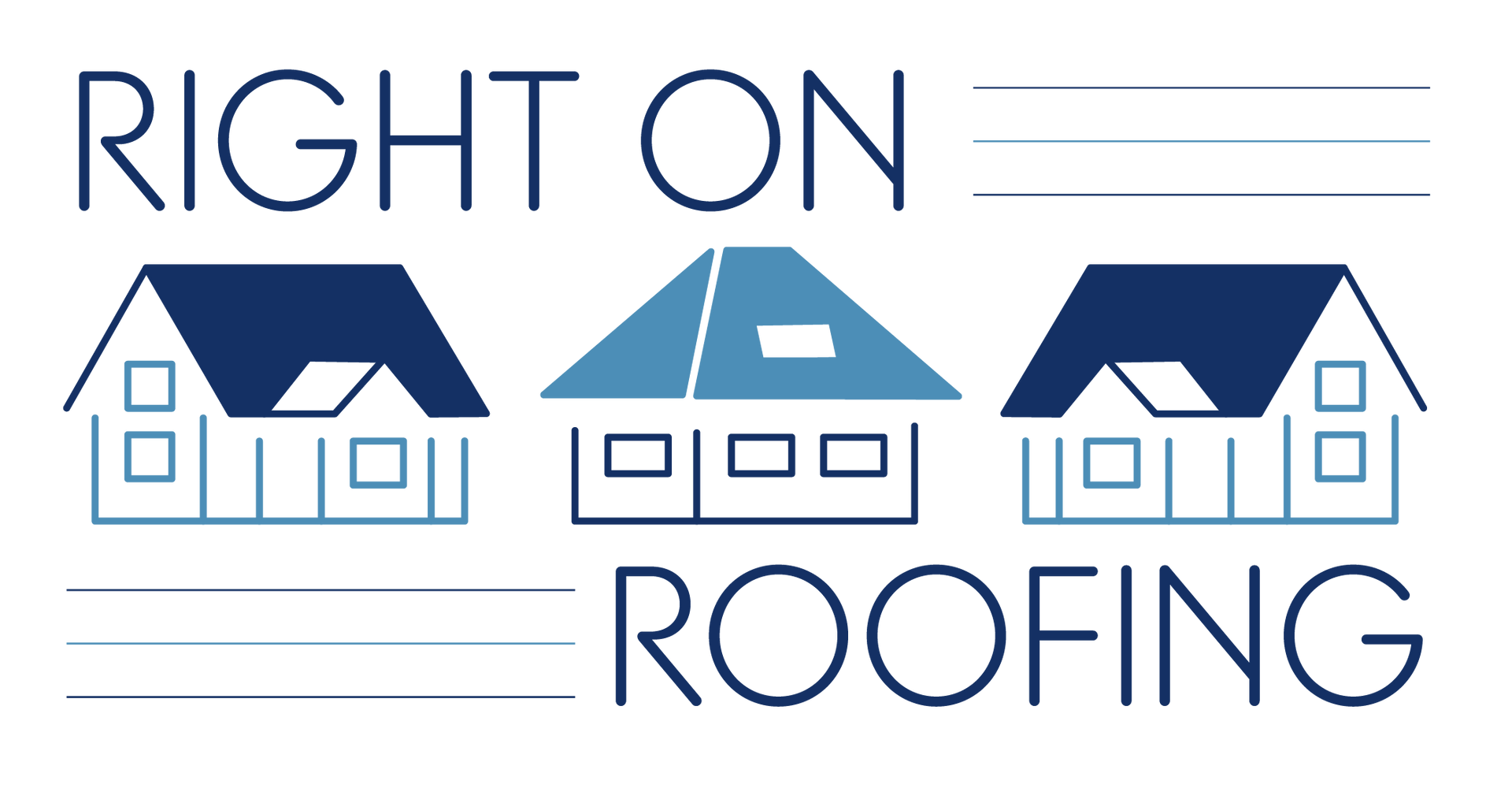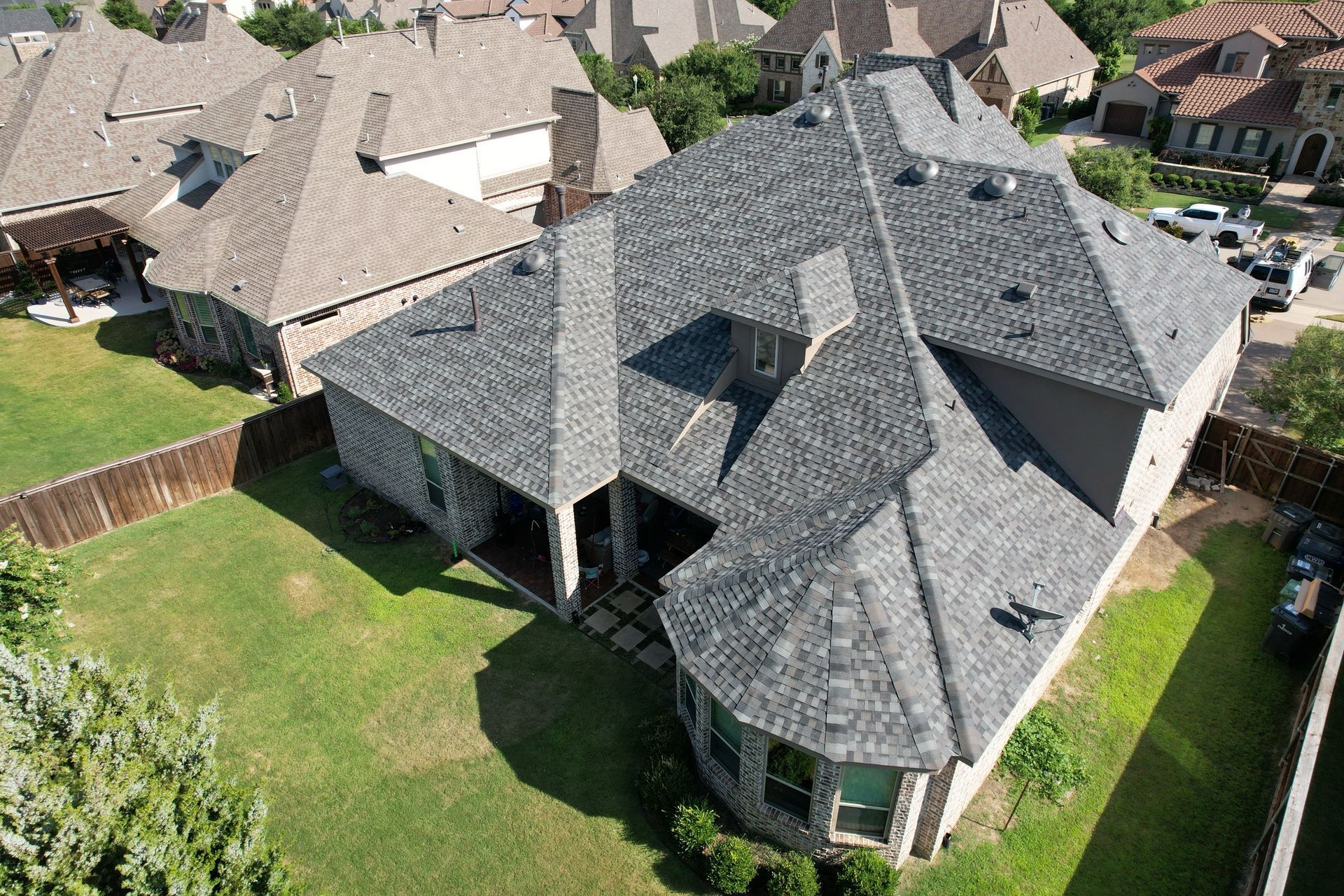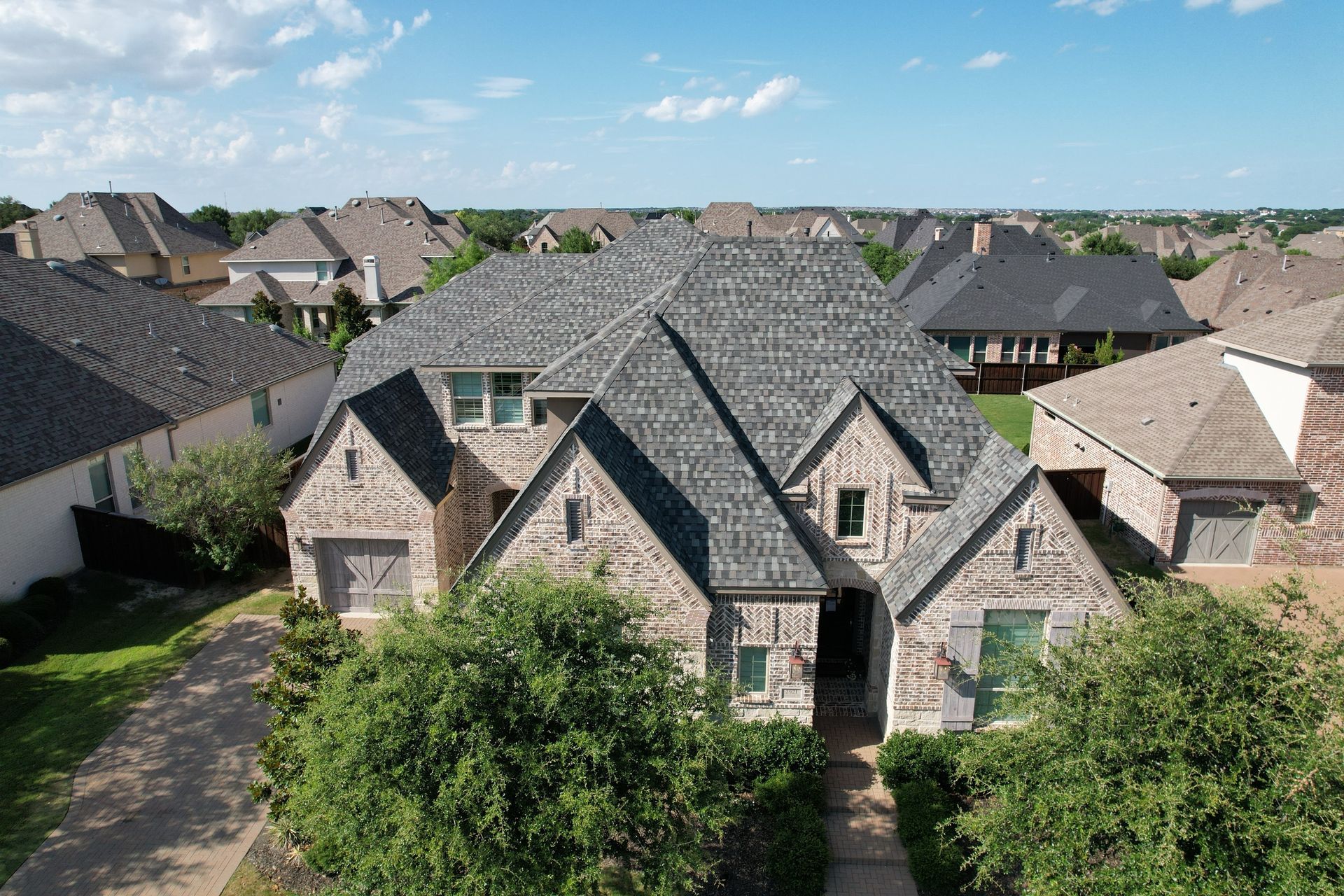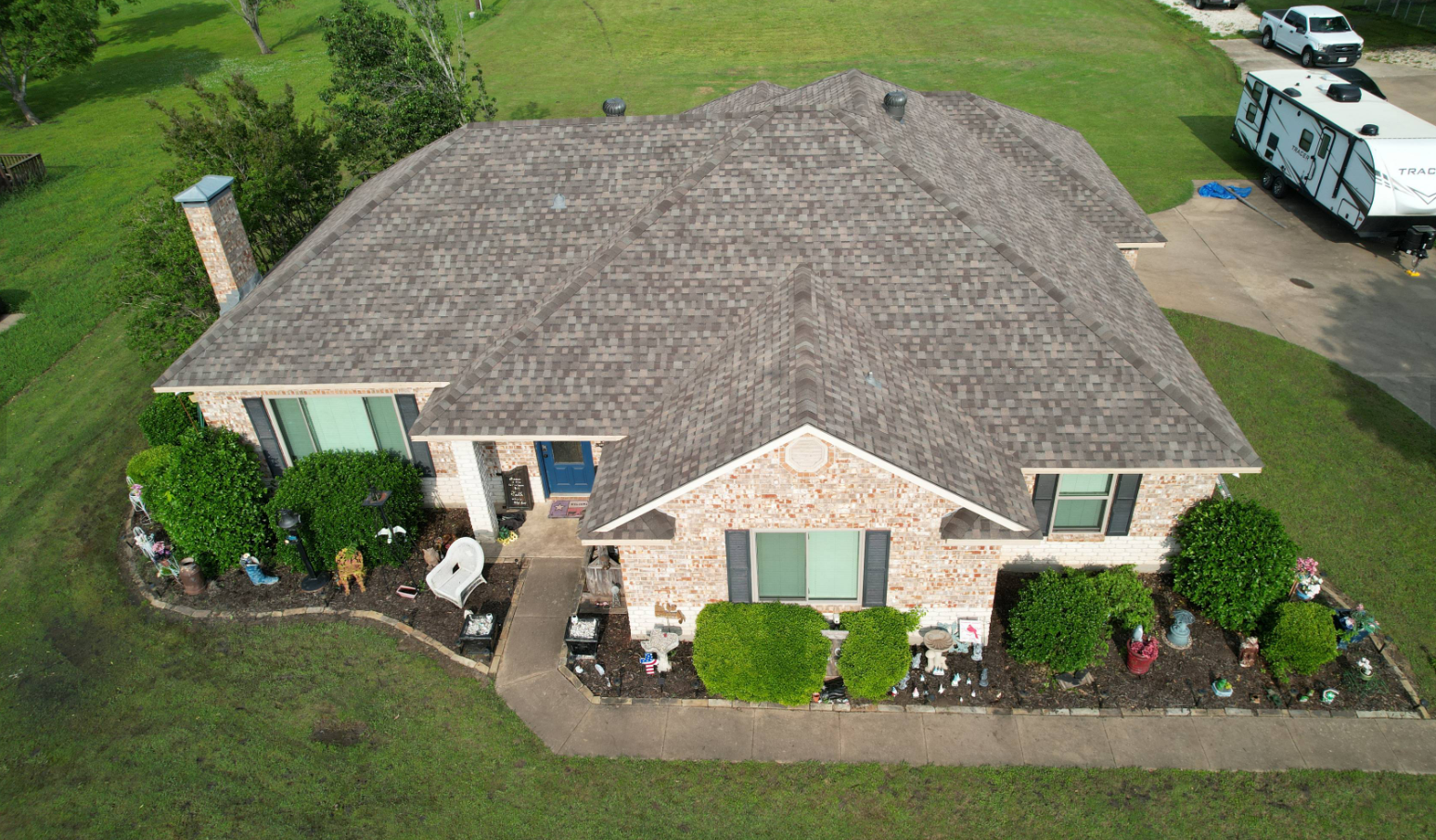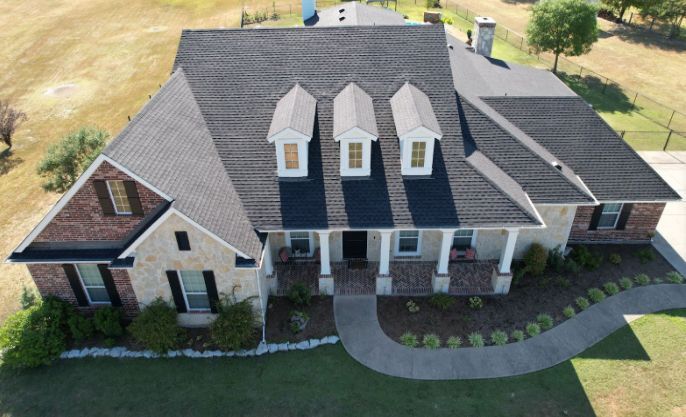Get in touch
555-555-5555
mymail@mailservice.com
Common Roofing Myths
Brooke Douglas • September 12, 2024
When it comes to roofing, there are many myths and misconceptions that can lead homeowners astray. Believing in these myths can result in costly mistakes or unnecessary concerns. Here are some of the most common roofing myths debunked to help you make informed decisions about your roof.
Myth 1: A Roof Only Needs Attention When There’s a Leak
One of the most pervasive myths is that you only need to worry about your roof when you notice a leak. In reality, waiting until there’s visible water damage can be a costly mistake. Leaks often indicate a problem that has been developing for some time, and by the time water starts dripping into your home, there could already be significant damage to the underlying structure. Regular roof inspections and maintenance can catch issues early, preventing leaks and prolonging the life of your roof.
Myth 2: All Roofs Are the Same
Some homeowners believe that all roofing materials are essentially the same, but this couldn’t be further from the truth. Different roofing materials have varying lifespans, durability, and resistance to weather conditions. For example, asphalt shingles are popular for their affordability and ease of installation, but metal roofing is known for its longevity and energy efficiency. Choosing the right material for your climate and home design is crucial to ensuring your roof performs well over time.
Myth 3: A New Roof Means No Future Problems
While a new roof is a significant investment that can offer peace of mind, it’s not a guarantee against future issues. Factors like severe weather, improper installation, and lack of maintenance can still lead to problems down the road. Even a brand-new roof requires regular inspections to ensure that it remains in good condition. Ignoring maintenance can shorten the lifespan of your roof, even if it was recently installed.
Myth 4: Roof Replacement Is Always the Best Option
Another common misconception is that a roof in poor condition always needs to be replaced. However, in many cases, repairs can be just as effective and much more cost-efficient. For instance, if your roof has a few damaged shingles or minor leaks, targeted repairs can address these issues without the need for a full replacement. Of course, there are times when replacement is necessary, especially if the roof is near the end of its lifespan or has extensive damage, but it’s important to consider all options before making a decision.
Myth 5: You Can Install a New Roof Over the Old One
Some homeowners think that installing a new roof over the existing one is a quick and easy way to save time and money. While this approach, known as "reroofing," is sometimes possible, it’s not always advisable. Layering new shingles over old ones can hide underlying issues like rot or structural damage, which can lead to bigger problems down the line. Additionally, adding extra weight to your roof can stress the underlying structure. It’s often better to remove the old roof entirely before installing a new one to ensure the best results.
Myth 6: DIY Roof Repairs Are Just as Effective as Hiring a Professional
With the abundance of DIY tutorials available online, some homeowners may be tempted to tackle roof repairs themselves. However, roofing is a complex and potentially dangerous job that requires specialized knowledge and tools. Attempting DIY repairs can lead to improper fixes, void warranties, and even result in personal injury. Hiring a professional roofer ensures that the job is done correctly and safely, providing long-term protection for your home.
Debunking these common roofing myths is essential for making informed decisions about your roof. Regular maintenance, choosing the right materials, and relying on professional expertise are key to ensuring your roof remains in excellent condition for years to come. By separating fact from fiction, you can protect your investment and avoid unnecessary headaches down the road.

By Jason Hicks
•
January 10, 2025
Ice damming occurs when snow on a roof melts, usually due to heat escaping from the attic or an unevenly heated roof and then refreezes at the eaves (the edges of the roof). This creates a "dam" of ice that prevents additional melting snow from properly draining off the roof. Instead, the water pools behind the ice dam and can seep under shingles, potentially causing roof leaks, water damage, and even structural problems. Here's a breakdown of the process: Snow Accumulation: Snow builds up on the roof during a winter storm. Melting: Warm air inside the attic or heat from the sun causes the snow to melt at the higher, warmer parts of the roof. Refreezing: As the melted snow flows down the roof, it reaches the colder eaves or edges of the roof where it refreezes, forming an ice dam. Water Pooling: The ice dam blocks further melted snow from draining, causing water to pool behind it. Leakage: Over time, this pooled water can work its way under the shingles, potentially penetrating the roofing underlayment and causing leaks inside the home. Potential Consequences of Ice Damming Roof Damage: Water infiltration can rot roof decking and compromise the roof structure. Gutter Damage: Ice dams can weigh down and damage gutters. Interior Water Damage: Water may seep into walls, ceilings, and insulation, leading to stains, mold, and structural issues. Preventing Ice Damming Proper Insulation: Ensure the attic is well-insulated to keep heat from escaping and warming the roof. Ventilation: Adequate attic ventilation helps maintain a consistent roof temperature. Snow Removal: Safely remove snow from the roof using tools like a roof rake to minimize melting and refreezing. Ice and Water Shield: Install an ice and water shield membrane under the shingles, especially at the roof edges. Heating Cables: Use electric heating cables along the eaves to prevent ice from forming. Addressing ice damming early can help protect the roof and avoid costly repairs.

By Jason Hicks
•
December 17, 2024
Is your roof ready for the seasons ahead? A little maintenance goes a long way in protecting your home and saving on costly repairs. ✅ Call us for a FREE inspection today! 📞 214-585-7391 Make sure to: ✔️ Clear debris from your roof ✔️ Fix damaged shingles & flashing ✔️ Clean gutters ✔️ Trim overhanging tree branches Don't wait until small issues turn into big problems. Let Right On Roofing take care of your home! #RoofMaintenance #HomeCare #RightOnRoofing #FreeInspection #ProtectYourHome #RoofingExperts
